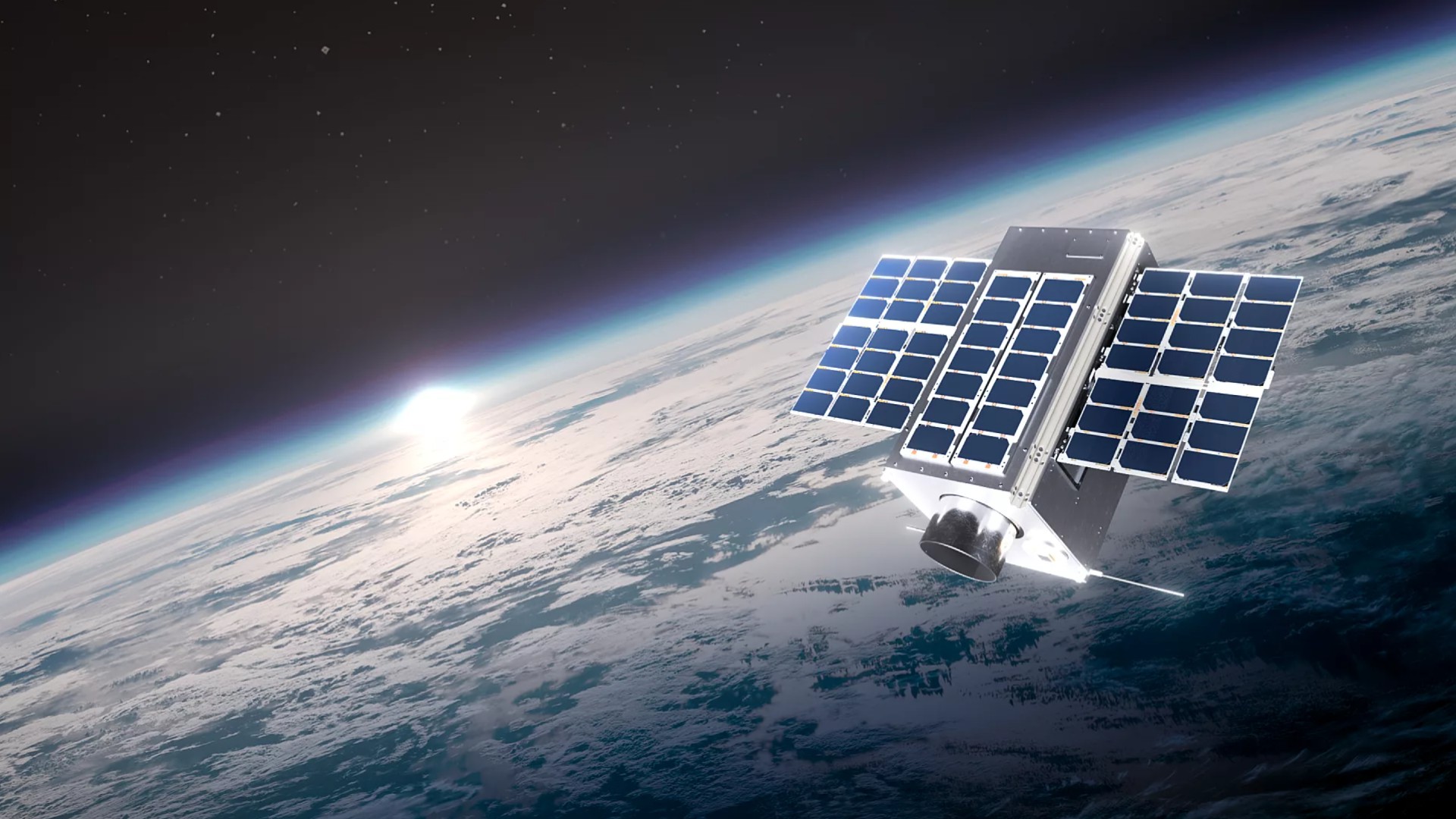Falcon 1 Failure Traced to a Busted Nut
WASHINGTON -- A busted nut, not human error, is to blame forthe fuel leak that doomed the Falcon 1 rocket on is maiden flight, according tothe findings of a government review board chartered to investigate the March 24launch failure.
The rocket's manufacturer, Space Exploration Technologies(SpaceX) of El Segundo, Calif., initially suspected that the Falcon 1's fuelleak was caused by a tiny pipe fitting loosened and accidentally leftuntightened by technicians doing work on the rocket the day before launch.
The U.S. Defense Advanced Research Projects Agency, thesponsor of the Falcon 1's inaugural flight, announced July 18 that the reviewboard concluded a small aluminum nut designed to hold the fuel pipe fitting inplace failed due to subsurface corrosion not visible to the naked eye. Theresulting kerosene leak caused the main engine to catch fire shortly after therocket cleared the launch pad, bringing the flight to a premature end.
"The board determined that the only plausible cause of thefire was the failure of an aluminum B-nut on the fuel pump inlet pressuretransducer due to inter-granular corrosion cracking," the DARPA releasestates. "This caused [Refined Petroleum-1] fuel to leak onto the engine anddown the outside of the thrust chamber. Once the engine ignited, the leakingfuel caught fire. The fire, over time, resulted in a loss of pneumaticpressure, causing the RP-1 and liquid oxygen pre-valves to close, terminatingengine thrust 34 seconds after ignition."
After the engine shut down, the Falcon 1 fell back to earth,crashing into a reef less than a kilometer from SpaceX's private Pacific Ocean island launch facility in the Kwajalein Atoll. Upon impact, the rocket's payload, the experimental FalconSat-2 spacecraft built by cadets at the U.S.Air Force Academy, was thrown skyward and came crashing down through the roofof an unoccupied storage shed on the island and came to rest next to theshipping container in which it had arrived.
Within days of the launch failure, SpaceX's chairman andchief executive officer Elon Musk said that human error probably was too blame.
While he has not ruled out that mistakes were made in thehours leading up to launch and is taking steps to reduce the likelihood thathuman error will botch another Falcon 1 launch, Musk told Space Newsthat he accepts the findings of the board, which included SpaceX personnel.
Breaking space news, the latest updates on rocket launches, skywatching events and more!
"It appears at this point there was not a pad processingerror but, in a stroke of unbelievably bad luck. The nut actually brokesometime in the 18 hours prior to launch," Musk said.
Musk said an inspection conducted the day before the launchfound that the nut was still intact and holding its pipe fitting securely inplace. Rocket parts recovered after the accident show that nut's lock wire wasstill attached, an indication that technicians working on the rocket the daybefore had properly tightened the pipe fitting before closing up.
Why the nut cracked is still a bit of a mystery. Musk saidthe "prevailing thought" among investigators, which included a mix ofgovernment and SpaceX personnel, is that the heat and humidity on Omelek Island was a factor. Though the nut was anodized to guard against corrosion, Musk said, it may have been scratched at some point, compromising its protectionagainst the elements. "We had a series of countdowns [during which] the rocketwas exposed for quite a bit of time," Musk said. "And the vehicle hangar forabout three months was not climate controlled."
Another possible contributing factor, Musk said, is thatthere was an adverse reaction--so-called galvanic corrosion--between the aluminumnut and the pipe fitting itself, which was made of stainless steel.
Musk said SpaceX will replace the $5-a-piece aluminum nutswith less-expensive stainless steel nuts to avoid that problem in the future.
"The irony is we are replacing them with a cheaper componentto increase reliability," he said.
SpaceX's planned Falcon 1 changes do not stop there. Inaddition to what Musk characterized as small design changes, such as switchingto all stainless steel nuts, fire-proofing the main engine components, andwrapping the vehicle in a protective shroud to protect it from the elementswhile it awaits launch, SpaceX is also implementing bigger changes. Theseinclude more rigorous pre-launch quality control processes, improved vehiclehealth monitoring and a more highly automated countdown intended to reduce the riskof human-induced error, Musk said.
Musk said that while these changes will increase thedevelopment cost of the $6.9-million-per-launch Falcon 1 somewhat, he does notintend to pass the costs on to his customers. "The only investor I'maccountable to is me," he said.
Musk, who made a fortune before his 30th birthdaycreating the electronic payment service PayPal and selling it to eBay, hasinvested about $100 million of his own money to date in the development of theFalcon 1, its larger follow-on the Falcon 9, and a proposed crewed capsuledubbed Dragon he hopes to sell to NASA for international space stationmissions. Revenues from 10 booked launches to date, Musk said, account for mostof an additional $40 million to $50 million SpaceX has spent so far.
The next Falcon 1 launch is slated for November from Kwajalein. Musk said the DARPA-funded launch will not carry a satellite but will carry someDARPA-provided instruments, which he declined to describe. He said the launchis primarily a test flight meant to demonstrate the design and proceduralchanges SpaceX is making.
Assuming the flight goes well, SpaceX is due to launchTacSat-1 for the Pentagon early next year.
Brian Berger is the Editor-in-Chief of SpaceNews, a bi-weekly space industry news magazine, and SpaceNews.com. He joined SpaceNews covering NASA in 1998 and was named Senior Staff Writer in 2004 before becoming Deputy Editor in 2008. Brian's reporting on NASA's 2003 Columbia space shuttle accident and received the Communications Award from the National Space Club Huntsville Chapter in 2019. Brian received a bachelor's degree in magazine production and editing from Ohio University's E.W. Scripps School of Journalism.
